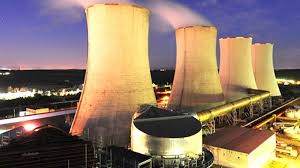Power surge in Zimbabwe as Hwange units lead the charge
During the first quarter of 2024, Zimbabwe’s power generation saw a significant boost, surging 67,57 percent compared to the same period in 2023.
This impressive performance is largely attributable to the integration of HESCO production into the national grid.
According to the Reserve Bank of Zimbabwe’s latest economic report, total power generated also rose on a quarter-on-quarter basis by 1,60 percent, climbing from 2,222.65 GWh in Q4 2023 to 2,258.13 GWh in Q1 2024.
Key to this increase was the enhanced output from Hwange Power Station’s Units 7 and 8.
Production at these units soared from 858.94 GWh in the last quarter of 2023 to 1,300.39 GWh in the current quarter.
“Hwange Power Station, inclusive of the newly commissioned units, contributed 75,43 percent of total electricity production during the first quarter of 2024,” noted the report.
Meanwhile, Kariba Hydro Power Station’s contribution declined, accounting for 19,76 percent of total production.
This decrease followed a decision by the Zambezi River Authority to cut water allocation from 20 billion cubic meters in 2023 to 16 billion cubic meters in 2024, aiming to manage lake levels amid lower-than-expected inflows.
Additionally, the decommissioning of small thermal stations in Bulawayo, Harare and Munyati, due to rising operating costs, marked a shift in the energy landscape.
In contrast, electricity production by Independent Power Producers (IPPs) increased to 108.59 GWh in Q1 2024, up from 92.84 GWh in the previous quarter, contributing 4,81 percent to the total power output.
The strategic enhancements and shifts in Zimbabwe’s power generation infrastructure underscore the country’s commitment to boosting energy production and ensuring sustainable management of its resources.-ebusinessweekly











